1. A Star Who Felt Like Family

Before the mystery, there was the face audiences trusted. Natalie Wood grew up before the world’s eyes in Miracle on 34th Street, Rebel Without a Cause, and West Side Story. She wasn’t just a movie star but someone who felt close, almost like family. Her charm reached across generations, and when she died, it felt deeply personal. People mourned as if they had lost someone from their own living rooms. Natalie’s story endures because her light was human, her smile unforgettable, and her final night remains one that never truly faded from memory.
2. The Weekend Escape That Wasn’t
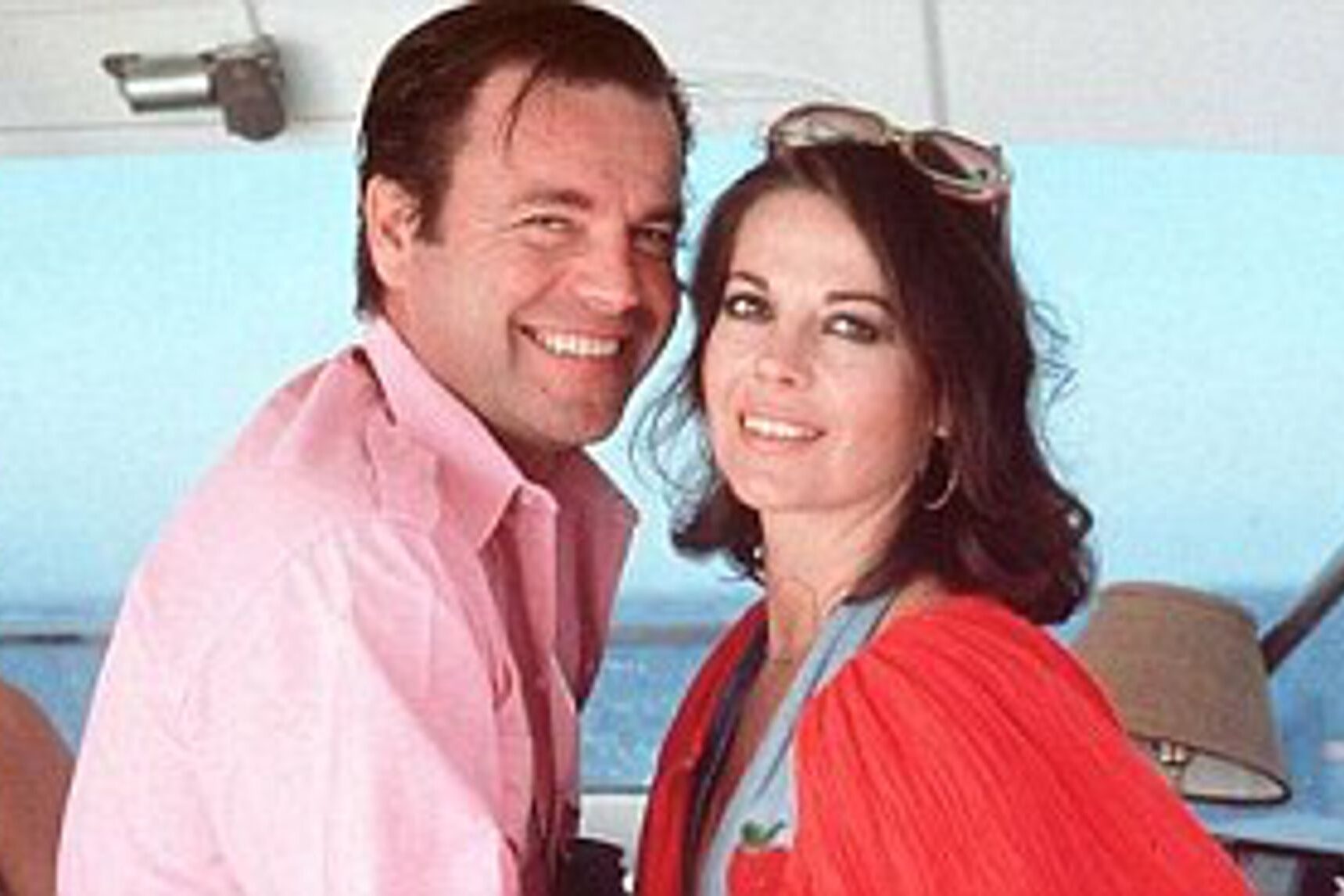
It was supposed to be a quiet holiday weekend, a small escape from work. Thanksgiving 1981 found Natalie, her husband Robert Wagner, co-star Christopher Walken, and yacht captain Dennis Davern sailing near Catalina Island on the Splendour. What began as relaxation ended in tragedy when Natalie vanished during the night. The next morning, her body was discovered floating near shore. A small dinghy named Valiant rested nearby. What should have been a peaceful retreat turned into heartbreak, leaving behind unanswered questions, puzzled investigators, and a sorrow that would follow Hollywood for decades.
3. A Night That Splinters into Versions
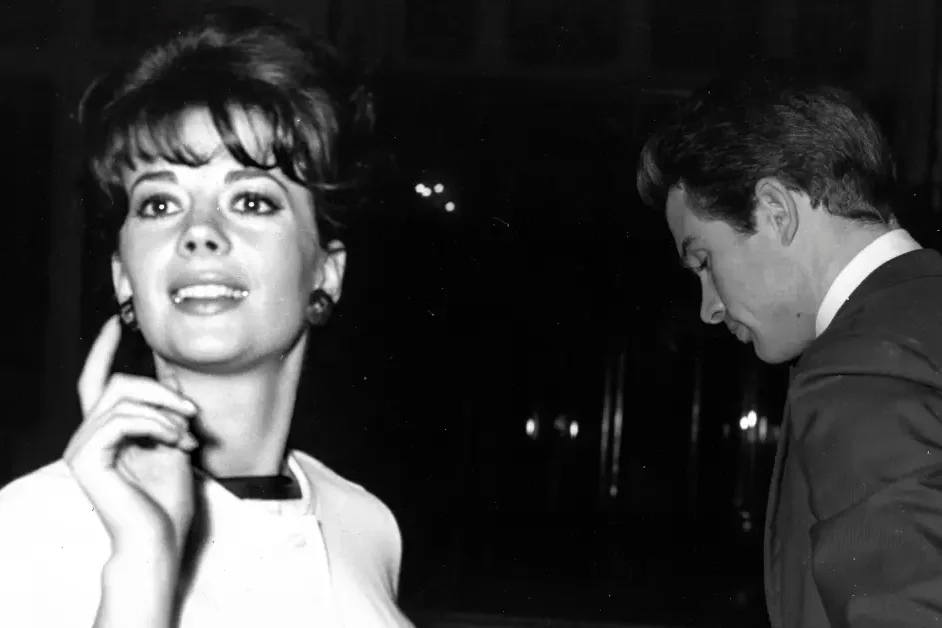
Everyone remembers that night differently. Some say it was laughter and calm, others recall arguments and raised voices. Memory bends with time and emotion, and truth becomes harder to hold. Natalie’s version is gone forever, leaving fragments that never quite fit. The survivors’ stories overlap but never align. It is as if each person saw a different film with the same tragic ending. The truth remains trapped between recollections, floating somewhere in the dark water of that night, unreachable but endlessly replayed by those still haunted by what happened.
4. The Coroner’s First Word and the Later One

In 1981, the coroner called Natalie’s death an accidental drowning. The world accepted it, if reluctantly. Then, in 2012, the cause changed to “drowning and other undetermined factors.” That small revision reopened every wound. It hinted that something didn’t add up, that the official story might not tell everything. Bruises, timelines, and uncertain witness accounts whispered of details overlooked. The change didn’t point fingers but reminded everyone that not all endings are tidy. Natalie’s case went from closed to uncertain again, and that uncertainty still echoes through every retelling of her final hours.
5. The Bruises No One Can Agree On
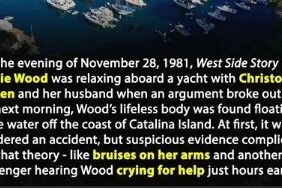
Investigators found bruises on Natalie’s body, small and scattered but impossible to ignore. Some said they came from falling on the boat. Others thought they told a darker story. The ocean itself can leave marks, and fear can make accidents look like violence. Experts have debated these bruises for decades, each finding a pattern that fits their own beliefs. In the end, the marks became symbols of confusion rather than clarity. They remind us that evidence can speak many languages and that the truth can hide even in plain sight.
6. The Clothes That Tell a Different Story
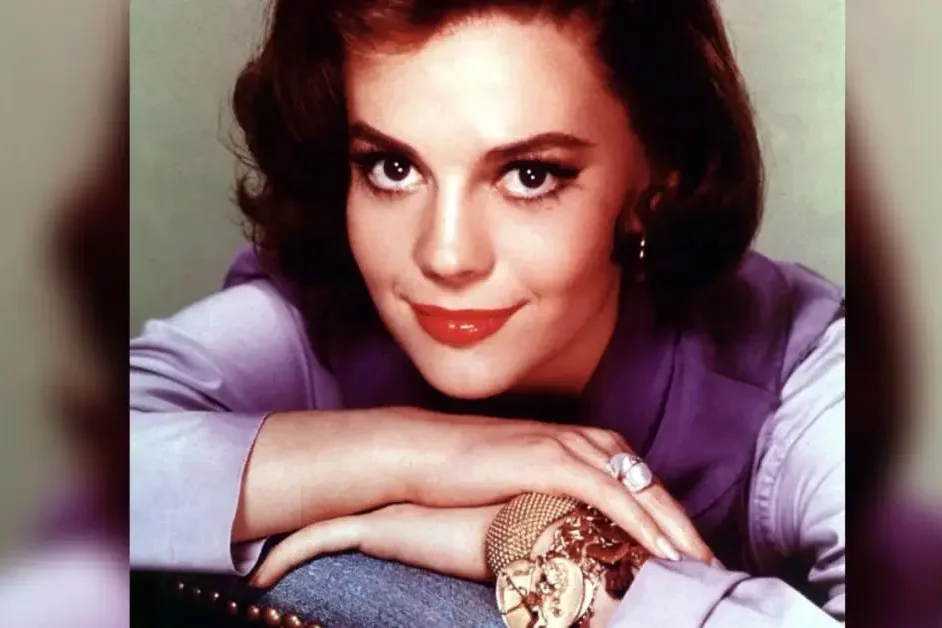
When Natalie was found, she wore a flannel nightgown, wool socks, and a red jacket. The outfit puzzled investigators and the public alike. Why would she wear a heavy jacket over nightclothes if she didn’t plan to step outside? The socks suggested she wasn’t ready to go far, perhaps just to check something. Every detail felt slightly off, each hinting at a moment of decision that ended in disaster. Her clothes told a quiet story without words, one that left everyone wondering what small action brought such devastating consequence.
7. The Captain Who Changed His Story
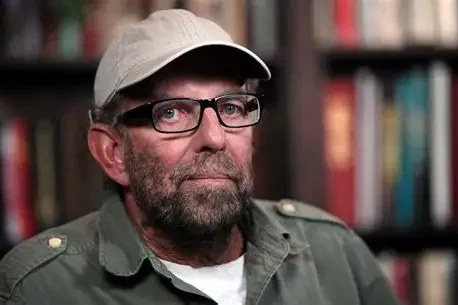
Captain Dennis Davern once told investigators that the night had been calm. Years later, he changed his story, saying there had been tension, raised voices, and a delay in calling for help. Whether guilt, fear, or conscience pushed him to speak again is impossible to know. His new account reignited public curiosity but also deepened the confusion. Truth can warp under time’s pressure, and memory can bend under regret. Davern’s shifting version remains one of the case’s most debated points, a reminder that even honesty can sound uncertain when spoken too late.
8. The Dinghy Named Valiant
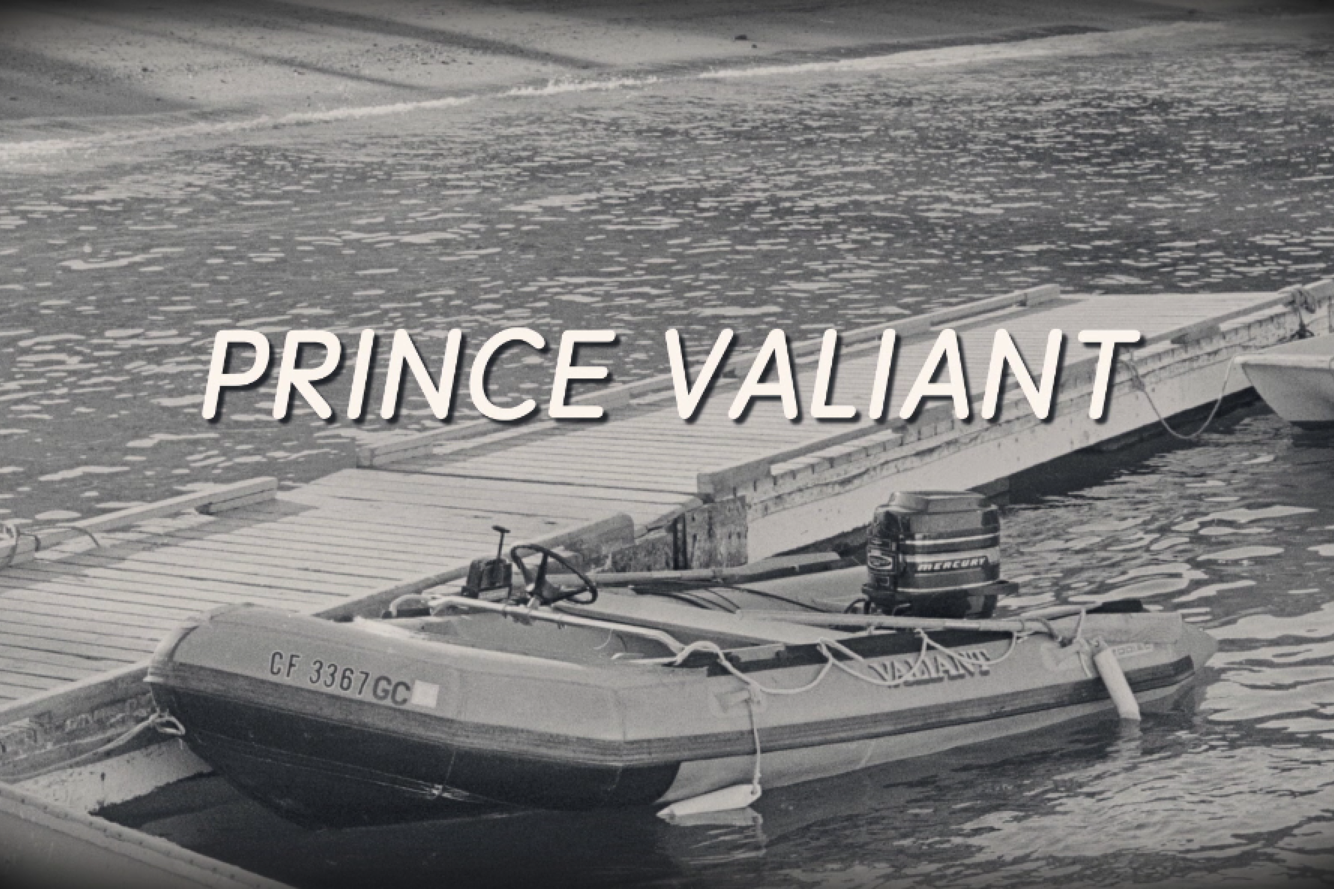
The small dinghy called Valiant became one of the most haunting details of that night. It was found beached near where Natalie’s body was recovered, floating alone like an unanswered question. Some believe she tried to secure it after hearing it bump against the yacht. Others think she slipped while checking its lines. The Valiant sits in the story as both clue and riddle, quiet but significant. In a case built on fragments, the little boat feels alive, silently carrying secrets that drifted away with the tide and never came back.
9. The Argument Everyone Hears Differently
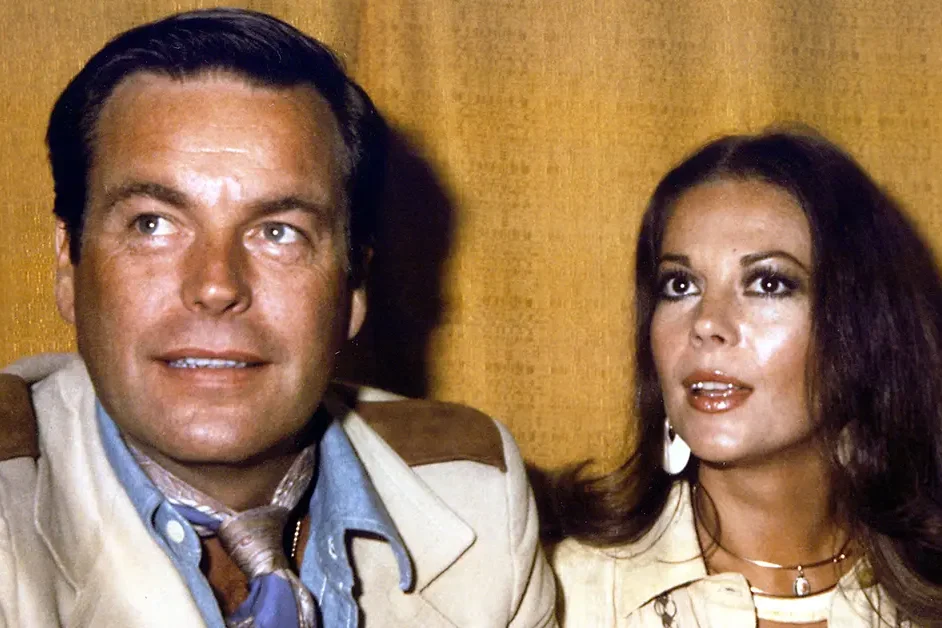
Every version of that night includes talk of an argument, though no one agrees on what it was about. Some say it was jealousy, others think it was a simple misunderstanding amplified by wine and fatigue. On a yacht, tempers and voices can rise faster than waves. By morning, the laughter had turned to silence. Whether the fight was serious or trivial, it became forever tied to her death. The conversation ended too soon, and its echoes still circle the mystery, reminding everyone how fragile words can become in hindsight.
10. The Co-Star Who Rarely Speaks

Christopher Walken, Natalie’s co-star, has spent years refusing to expand on what happened that night. When asked, he offers only brief, calm answers, insisting it was a tragic accident. His silence feels heavy, both respectful and protective. In a world hungry for explanations, restraint feels like defiance. Perhaps he stays quiet because words cannot fix the past. Or maybe he knows that speaking won’t change what’s already lost. His quiet presence in the story has become its own kind of testimony, one that honors truth by refusing to guess.
11. The Press That Turns Grief into Genre
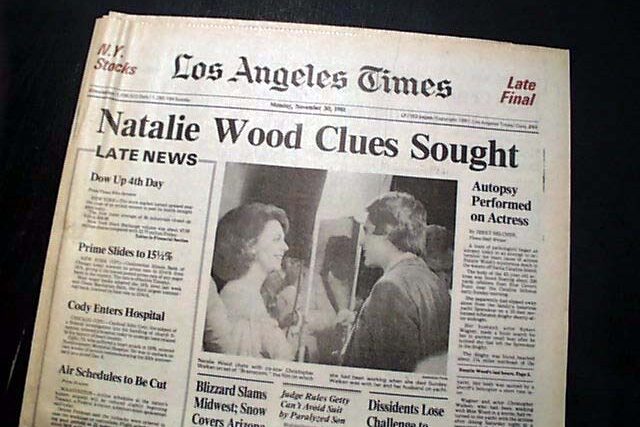
From the very beginning, the media transformed Natalie’s death into a spectacle. Headlines mixed sorrow with curiosity, creating a story too tempting to let go. Every new detail sparked fresh theories, and private pain became public property. Fame amplifies tragedy until it becomes performance, and Natalie’s story became one of the most retold scripts in Hollywood history. The truth was slowly drowned beneath coverage, speculation, and repetition. What began as grief turned into fascination, and the mystery became less about justice and more about our endless hunger for closure.
12. The Investigation That Wouldn’t Stay Closed
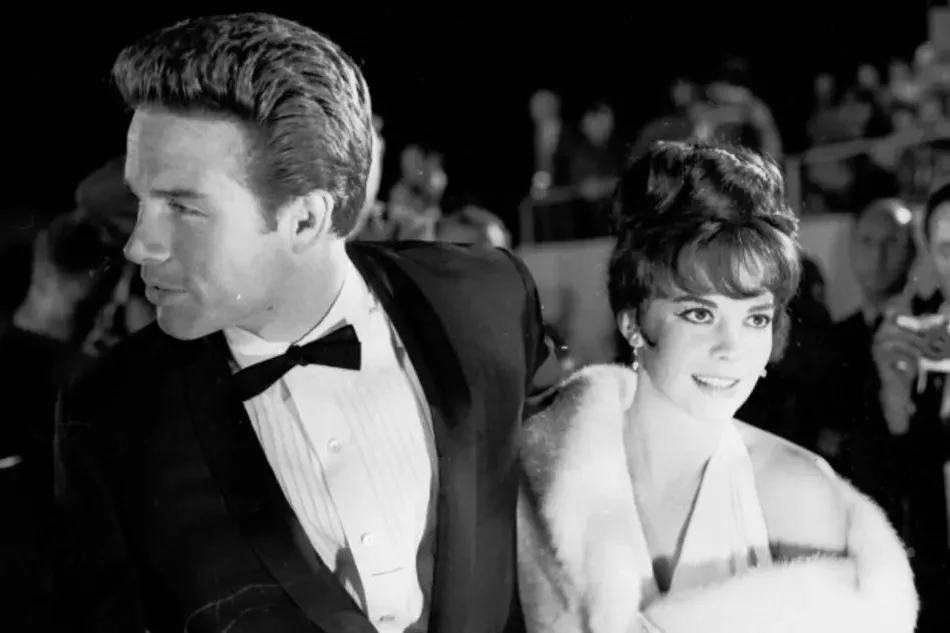
Time and new testimony have kept Natalie’s case from fading completely. In 2011, authorities reopened the investigation, citing inconsistencies and new information. Each revisit renewed hope for clarity but delivered more questions. The case refused to rest, shifting between open and cold, active and paused. Investigators walked the same circle that journalists and fans had followed for years. Each revelation blurred rather than clarified. After decades of searching, the answers still remain in shadows, and the files carry the same ache as the night that began it all.
13. The Man at the Center of Suspicion

Robert Wagner has carried the weight of suspicion for decades. He has always denied any wrongdoing, insisting that Natalie’s death was an accident. Yet, his name remains linked to every retelling of the tragedy. Being the last person known to see her alive made him both witness and suspect in the public eye. Time softened neither curiosity nor judgment. Even after years of investigation and no conclusive evidence, his silence and sadness linger as part of the story, forever intertwined with the mystery of the woman he loved.
14. The Sister and the daughter
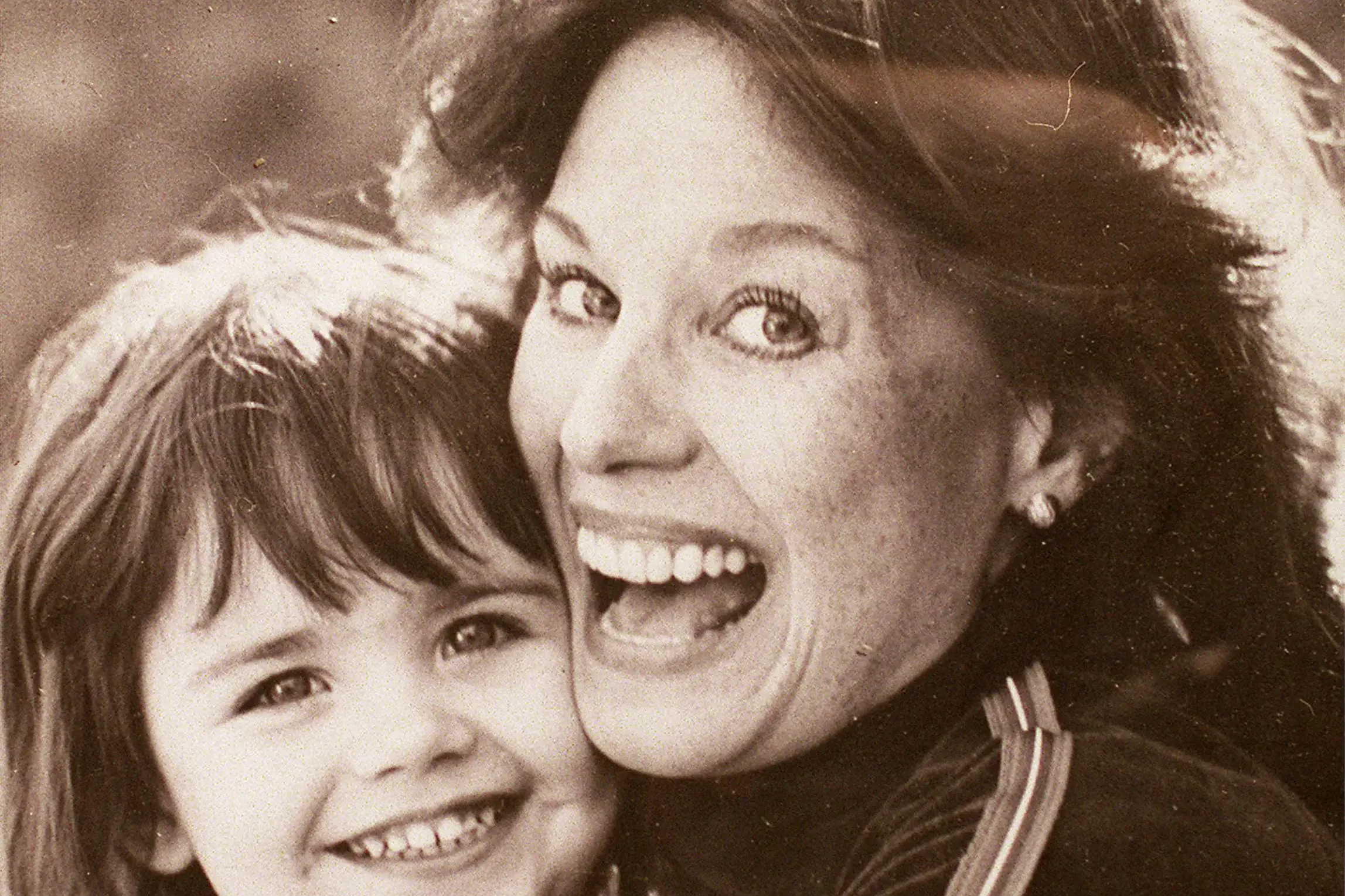
Natalie’s sister Lana and daughter Natasha hold very different views about what happened. Lana believes the truth has not been fully revealed and continues to demand answers. Natasha believes it was a terrible accident and prefers to focus on remembering her mother with peace. Both forms of grief are valid, born from love and loss. The world watches their perspectives and forgets the shared pain between them. For the family, this is not a case to be solved but a wound that time refuses to close, only to soften.
15. The Sea as Character Not Setting

The sea that night was not a passive background. It was restless, unpredictable, and cold. Even experienced sailors know how quickly darkness can steal balance and sound. One wrong movement can send someone into the water before help arrives. Natalie’s story reminds us that nature can outmatch caution and that the ocean keeps its own secrets. Waves erase footprints, wash away proof, and carry silence back to shore. The sea has no loyalty, only depth, and in its depth lies the quiet truth of a night that remains unsolved.
16. The Physics of Fear
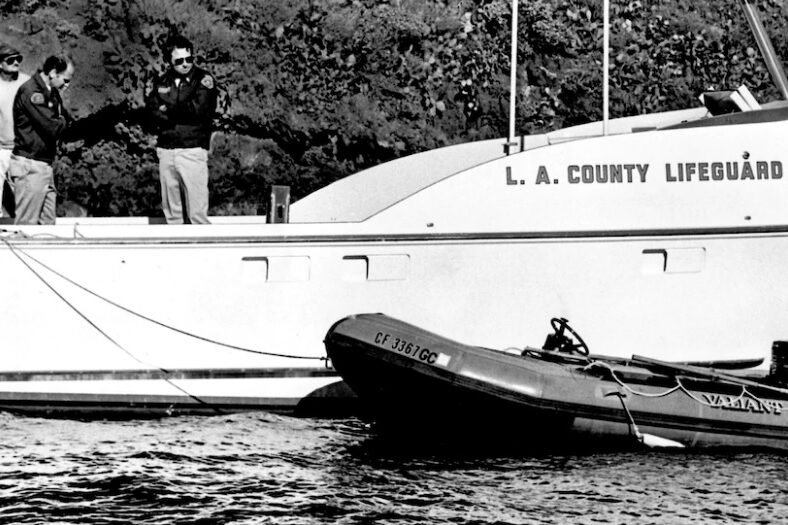
Imagine stepping from a large boat to a smaller one at night, wearing socks, a heavy jacket, and carrying fear. Even for a skilled swimmer, it’s dangerous. A single slip could pull anyone into the cold water. Many believe Natalie was trying to secure the dinghy when she fell. Panic and instinct can turn seconds into tragedy. It’s a chilling thought that something so ordinary might have ended so terribly. Sometimes, life changes not from great choices but from small ones made in darkness, when safety feels just one step away.
17. The Roles That Outlived the Actress

Long before the questions began, Natalie Wood gave the world unforgettable performances. From West Side Story to Splendor in the Grass, she portrayed tenderness and strength that reached beyond time. Her work remains alive in every rewatch, every tear, every smile her characters bring. Fame can fade, but artistry remains, preserving her spirit where mystery cannot reach. Though her final moments are uncertain, her talent tells a clearer story. It speaks of resilience, beauty, and a light that still shines through film reels, long after the credits have rolled.
18. The Weight of the Word Undetermined
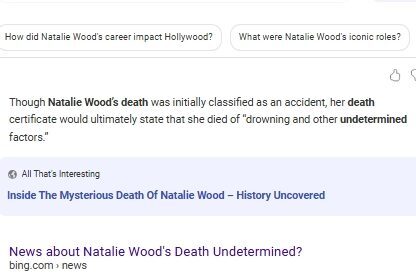
“Undetermined” might be the hardest word for those seeking closure. It lives quietly on her death certificate, refusing to settle one way or another. It means no lie, no truth, just the gray between. For investigators, it’s an acknowledgment of complexity; for fans, it’s the wound of not knowing. Yet, perhaps “undetermined” is also the fairest word, because it admits human limits. Natalie’s case defies neat conclusions, reminding us that not all stories find endings. Some remain suspended, unfinished, existing somewhere between memory and the eternal unknown.
19. The Case That Teaches Caution
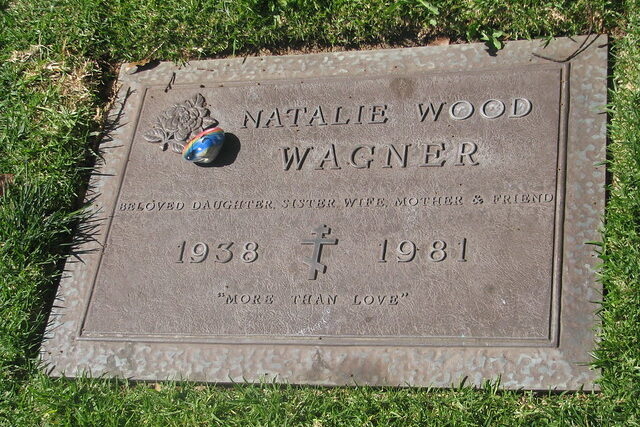
This story has become a lesson in restraint. It reminds us that not every mystery deserves speculation. The line between curiosity and intrusion is thin, and Natalie’s death has tested it for decades. There’s humility in admitting we might never know the truth. Behind every rumor are real people still carrying loss. Her case asks us to question responsibly, to remember that empathy should come before assumption. The more we learn about what might have happened, the more we realize the importance of kindness in the face of uncertainty.
20. The Quiet Promise We Owe Her

After all these years, the ocean still keeps its secret, and the world still whispers questions that have no clear answers. Maybe that’s how it must stay. Natalie’s story began in wonder and ended in mystery, yet her legacy outshines the tragedy. She left behind beauty, love, and art that continues to move hearts. Perhaps the kindest thing we can do is let her memory rest gently. The truth may remain out of reach, but Natalie Wood’s light still lingers, reminding us that some stories are meant to be remembered, not solved.
This story 20 Haunting Questions That Still Linger Over Natalie Wood’s Final Night was first published on Daily FETCH


